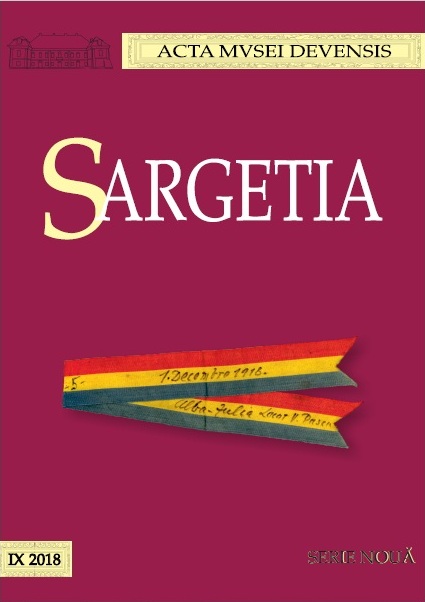Arheologie în național-comunism. Dacii și „istoria de parastas”
Archaeology in National-Communism. The Dacians and “Commemorative History”
Author(s): Alin HenţSubject(s): History, Archaeology, Recent History (1900 till today), Post-War period (1950 - 1989)
Published by: Editura Altip
Keywords: Dacians; archaeology; history; national-communism; historiography;
Summary/Abstract: We are all influenced by the contexts in which we find ourselves and write. Every context, from social to political or even ideological, leave their marks to a lesser or greater extent on our writing. Here we can also add the academic tradition, personal or professional ideas, which can all be influential factors in the written discourse as well. Undoubtedly, we are all the “prisoners” of our times and ideas. But what happens when part of the historians and archaeologists enrol in the State Party propaganda? Some of the answers are to be found in this paper that proposes to analyse the “Dacian” archaeology and its “Commemorative History” (istoria de parastas), events that occurred in a period labelled as the national phase of the Romanian Communism, corresponding to the 80s. The term “Commemorative History” (istoria de parastas) was coined by the Romanian dissident historian Vlad Georgescu at the end of the 70s. He saw a “memory boom” in the public commemorations of historical events, historical figures, towns or even important battles.However, these events were in close connection with the history of Romanian Communism. Traditionally, the history of Romanian Communism has been divided in two or three periods. The first period, overlaps with the Soviet military occupation and with the first Communist governments. The second one marke a short episode of relative economic prosperity and ideological openness. Derived from this, it can be observed a return of the political regime to the national ideology in the last two decades of the Romanian Communism.The “Dacian” archaeology benefited of three of these anniversaries/ celebrations/commemorations: 1980 equated with “2050 years from the creation of the first Dacian centralized and independent state” (Pl. I/3, II); 1986 marked “2500 years from the first mention of the «Geto-Dacians» in the ancient written text”; while 1987 summed “1900 years from Decebal's access to power”. Very often, these anniversaries/celebrations/commemorations were held outside an academic context, and to a very large extent beyond its influence. Nevertheless, I will structure my paper on how these public events appeared in three of the archaeological journals published by the Romanian Academy: Dacia: Recherches et Découvertes Archéologiques en Roumanie, Studii și Cercetări de Istorie Veche și Arheologie, and respectively Thraco-Dacica (Pl. I/4).
Journal: Sargetia. Acta Musei Devensis
- Issue Year: 2018
- Issue No: 9
- Page Range: 87-105
- Page Count: 19
- Language: Romanian

